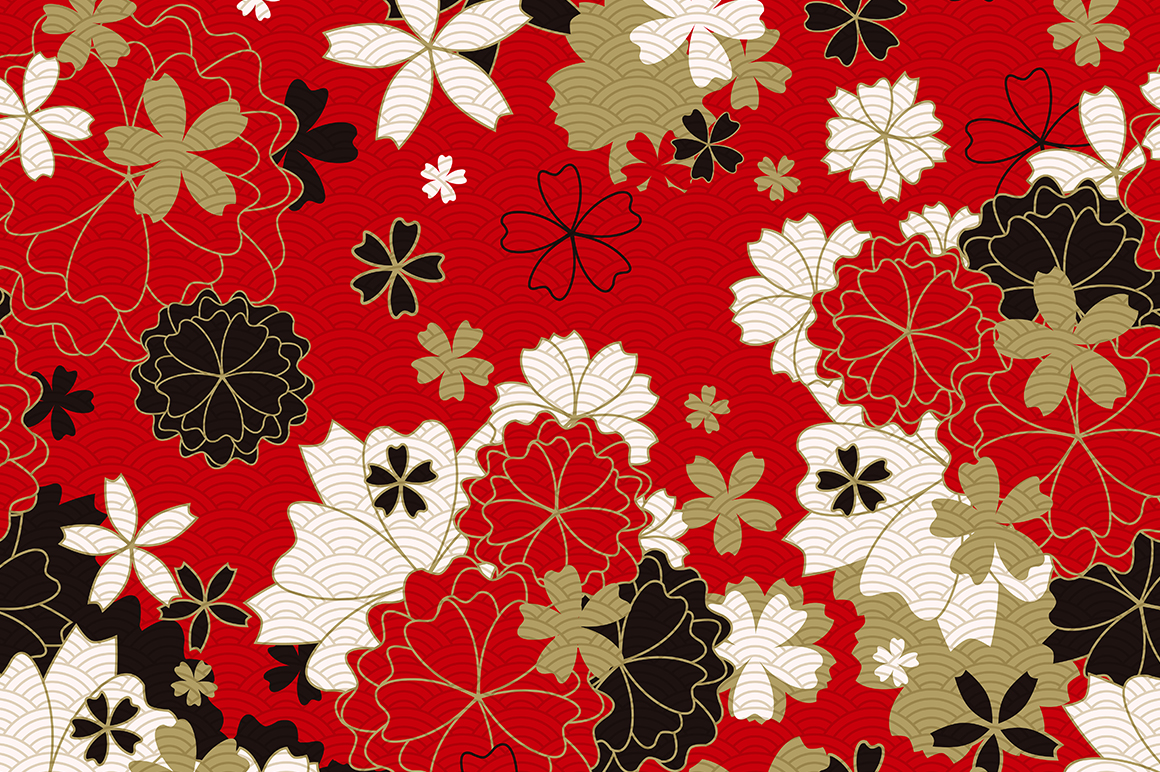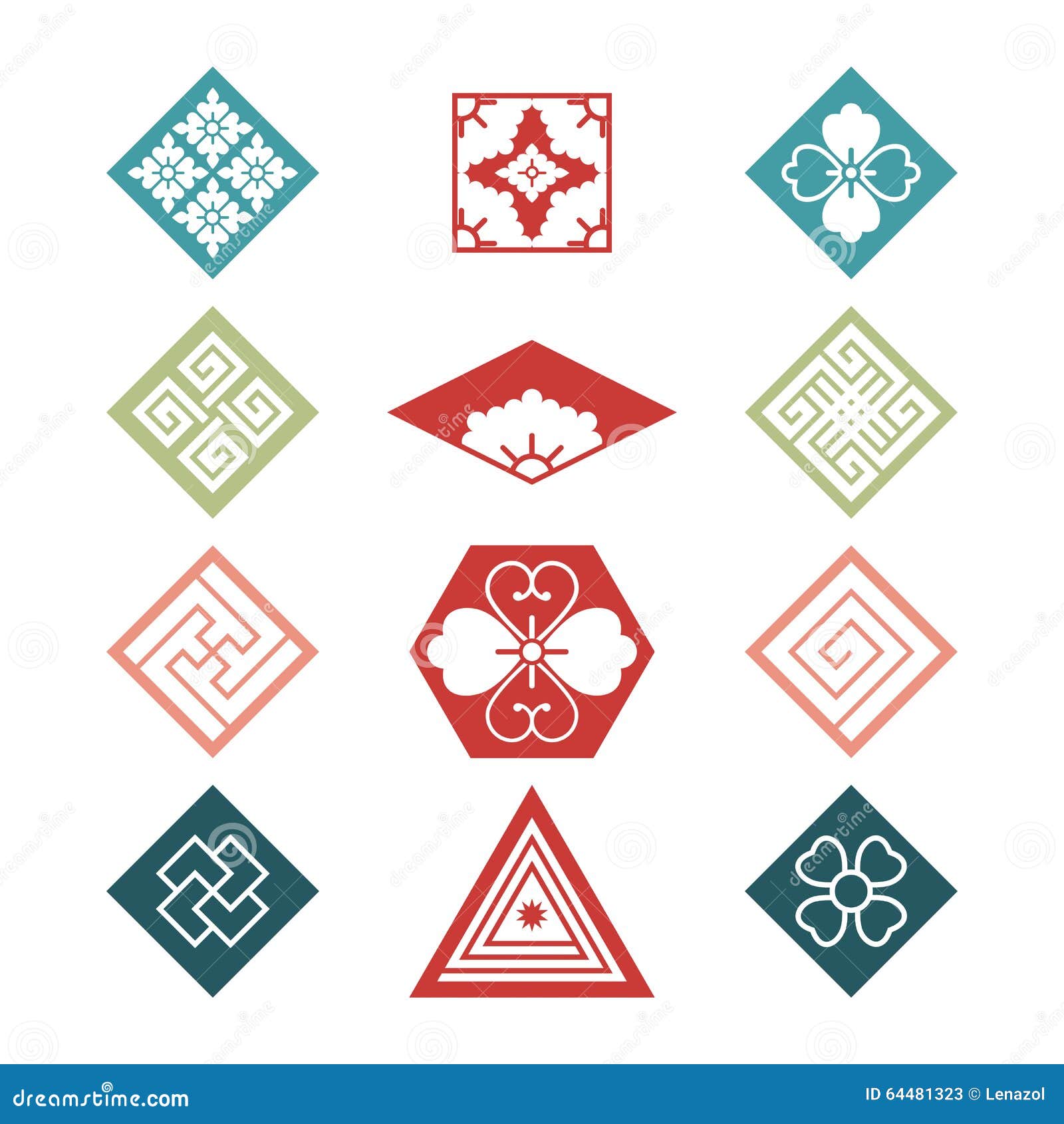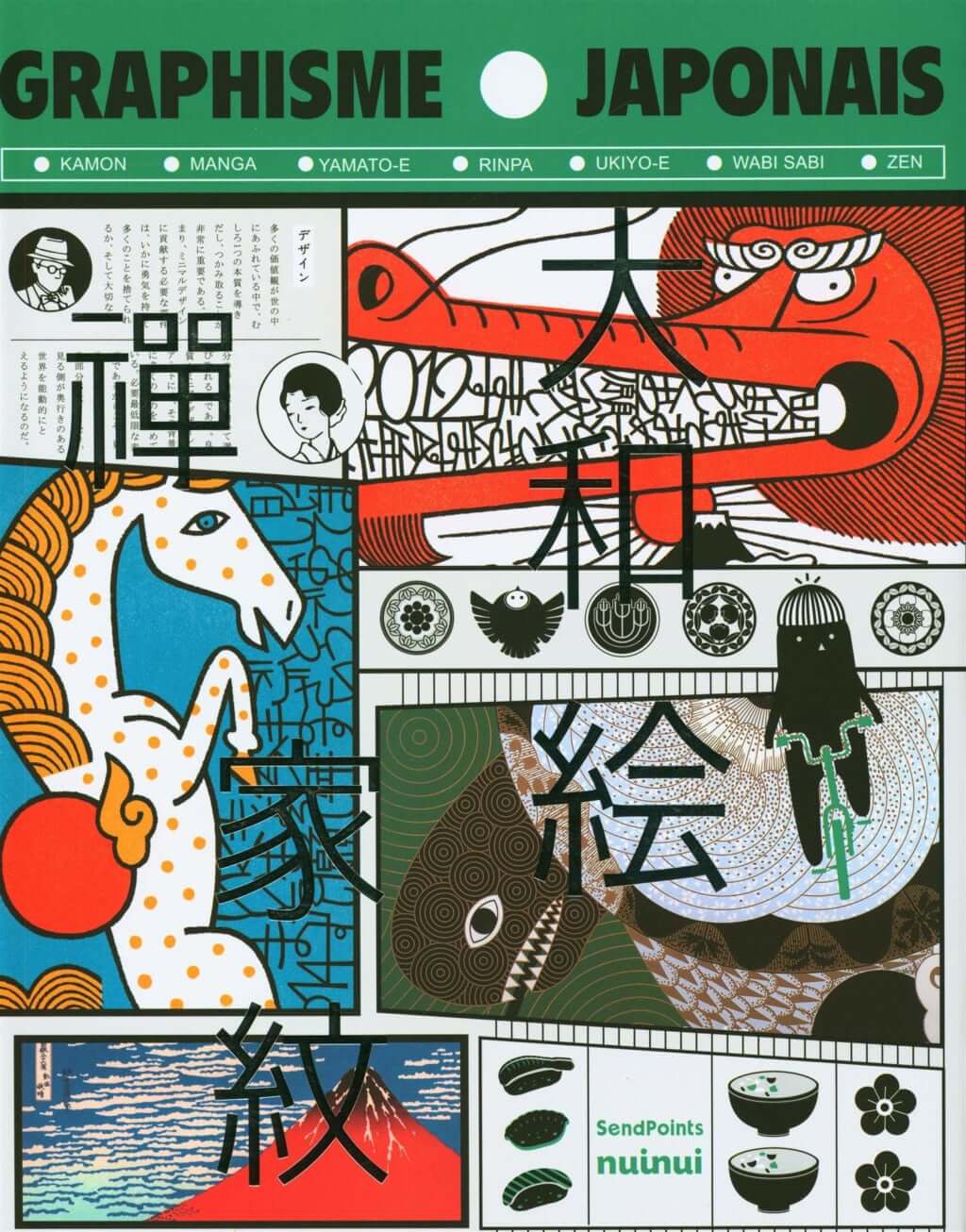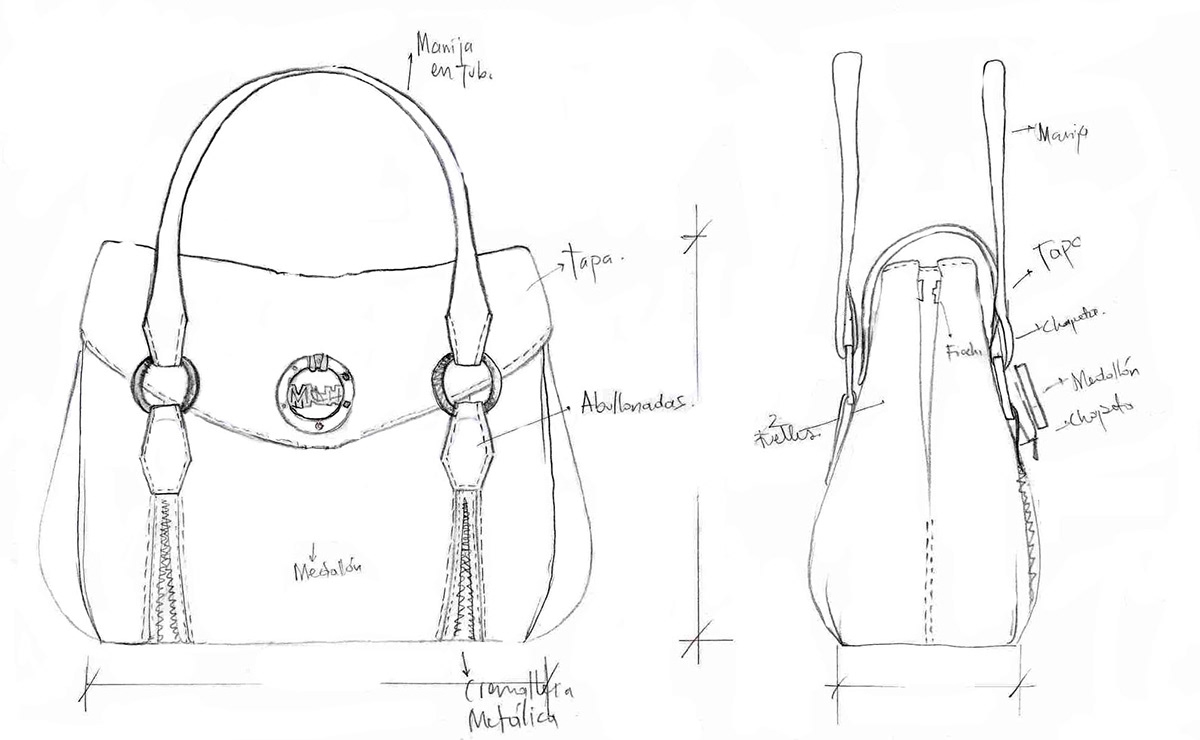Table Of Content
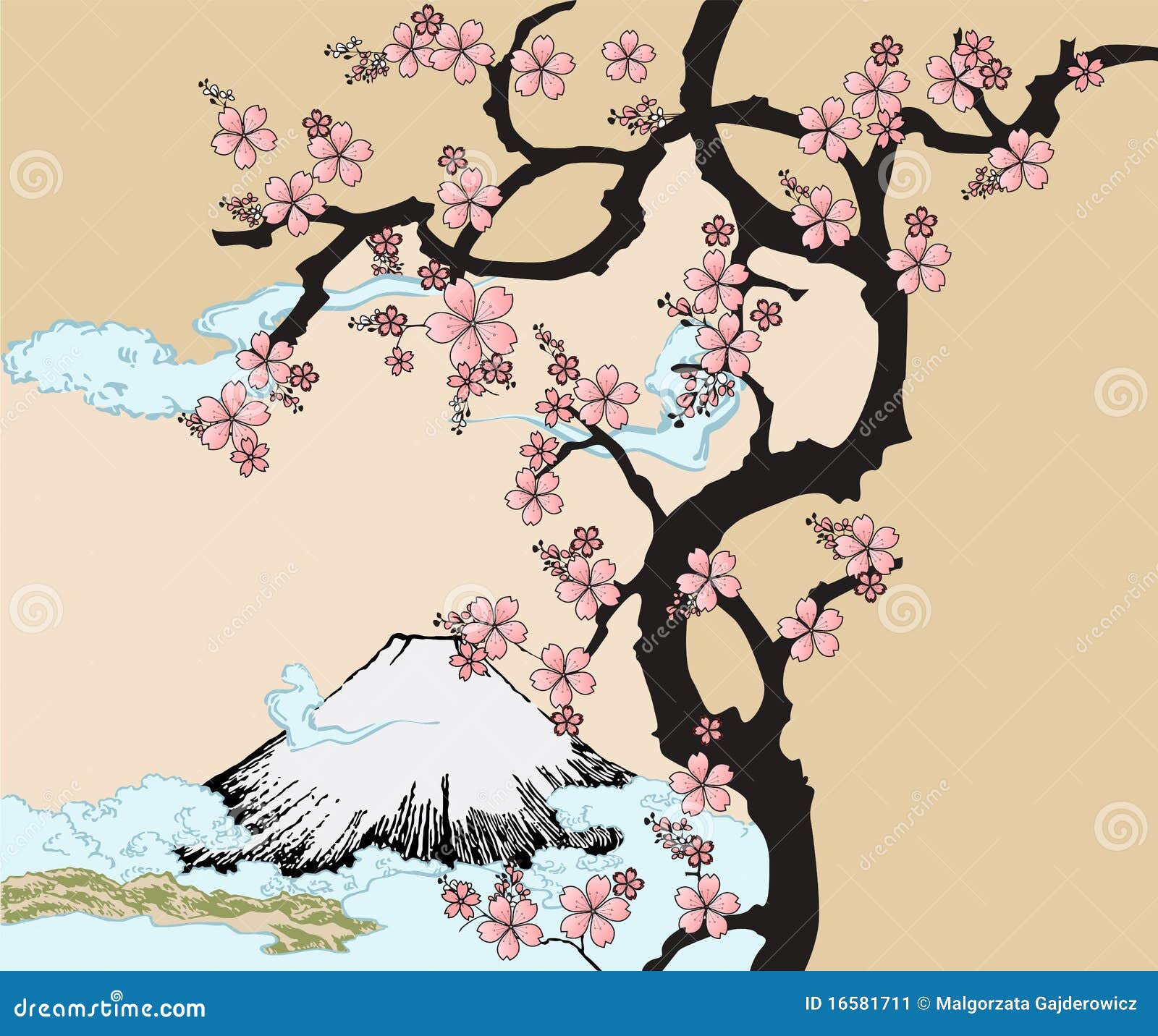
Columbia architecture professor Geeta Mehta, and editor-in-chief of Japanese architectural magazine Confort, Kimie Tada, offer unparalleled insights into traditional homes in Japan Style. In this gorgeously illustrated book, Mehta and Tada guide you through 20 quintessential styles of traditional Japanese architecture, from an exquisite Kyoto Machiya, to a stately country mansion in Akita. He brought the idea back home, where he and an engineer at furniture manufacturer Tendo Mokko “developed this new technique for molding,” says Pollock.
Exceptional Japanese Houses: Residential Design from 1945 to the Present - Asia Society
Exceptional Japanese Houses: Residential Design from 1945 to the Present.
Posted: Tue, 30 Jan 2024 08:00:00 GMT [source]
Related Articles
Ma also occurs as one dish arrives, is taken away, and the next one is presented; your experience becomes intervals of what you had, what your having now, and what you anticipate to have next. Moreover, the server’s etiquette, movement, and speech is perfected like an orchestrated dance. The pauses, moments of reflection, presentation, and temporal experience is ma. Megumi Koyama is a service designer/design researcher based in Tokyo. Their client work often displays playful minimalism, combining hand-drawn illustrations with elegant lines and shapes.
UPS unveils Prosperous Daruma Express envelope design in Japan - UPS
UPS unveils Prosperous Daruma Express envelope design in Japan.
Posted: Sat, 20 Apr 2024 16:21:12 GMT [source]
Pelli Clarke & Partners completes Japan's tallest skyscraper in Tokyo
For more inspiration see previous lookbooks showcasing peaceful bedrooms, calm living rooms and colourful kitchens. A family with Japanese and American heritage live in this home in the Catskill Mountains, which has an interior that draws on both their backgrounds and adds plenty of Scandinavian style. Irises, maple leaves, temple candle stands and a kimono are displayed against a golden folding screen (byobu). The pattern on the kimono is made especially for early summer, and features carp swimming up the waterfalls, Legend has it that the carp can become dragons if they can succeed in reaching the top. Though not exhaustive, Japanese interiors often make use of the following.
Top interiors stories
From ukiyo-e of the Edo period to manga and kawaii culture, Japan’s design trends have had a major influence on graphic design today. From the shiburi art to woodblock prints, geometric and floral patterns abound in Japanese design. With striking (and daunting) natural features like earthquakes, volcanoes and typhoons, Japanese culture is keenly aware of the environment. The Japanese people celebrate nature and the seasons like no one else. Today, Japanese design has become even more conscious about environmental problems like global warming and pollution.
This roof is covered with ceramic tiles, which were unusual in this area where most homes used to be roofed with thatch. Having lived among beautiful antiques in this special house since he was six, Sato has cultivated a discerning eye and an understanding of Eastern as well as Western aesthetics, and often mixes the two with great panache. In summer, an ice column placed on a wooden veranda provides natural air-conditioning as well as a treat for the eyes. The rattan rug laid on the tatami mats has a wattle pattern, which enhances the suggestion of coolness.
For all the Latest News, Articles and Events
It is a reflection of Japanese culture and values, emphasizing the beauty of imperfection, the importance of balance, and the serenity of minimalist spaces. Akin to her delightfully interactive website, Tsumori Chisato is a unique, and bright high fashion designer. Tsumori began her career working with Issey Miyake after graduating from Bunka Fashion College in Tokyo. Once known as the Issey Sports Line, the collection soon became the I.S.
Minimalism is another key principle of Japanese graphic design, and designers often use negative space to create a sense of balance and elegance. Typography is especially important in Japanese design, and designers often use traditional calligraphy techniques to create unique and engaging typographic elements. Japanese graphic designers are renowned for their attention to detail and craftsmanship. Select a concise palette of natural materials, including wood, stone, and glass. Image 11 is a package design for tea that shows asymmetry, especially the off-center vertical rule. The botanical illustration creates pattern, repetition, and movement that directs the eye to the center label and then down to the brand mark in the lower left corner.
A masterpiece in Japanese literature that captures ma in a narrative form is Yasunari Kawabata’s novel Snow Country (Image 2). The novel is about a love affair between a Tokyo dilettante and a provincial geisha set in a remote hot springs town in the early 20th century. The narrative is spacious and poetic, economical like a Hemingway novel and also written around the same period. It has a haiku feel to it, a brevity, and a void—like ma—that prompts the reader to connect the dots.
Minimalism
"Doors with Japanese WASHI paper or made with Kumiko woodworking are art pieces that are naturally incorporated into the architecture while keeping the space very simple," Kaneko says. Follow the same rules for color palette and materials to keep tables, chairs, and accessories in harmony with interior finishes. Select natural materials (ideally light wood finishes or porcelain dishware), and keep the aesthetic clean-lined and minimal. With similar tones and textures working in tandem, aesthetic harmony is achieved.
How you write is as important as what you write, and the austere simplicity of black ink on white paper is considered high art. By incorporating these practical tips, you can create a zen-inspired living room that promotes relaxation, mindfulness, and well-being in your home. Japanese folklore says that all things have its own spirit—even things that are inanimate like a stone or a box.
These mass-produced prints from the 1600s to 1900s marked the beginning of commercial graphic design in Japan. Clean lines, generous amounts of negative space, and a limited color palette are just a few of the hallmarks of Japanese graphic design. The simplicity, elegance, and attention to detail that define this style of design are what make it so mesmerizing. Whether it’s through the use of traditional symbols, such as cherry blossoms or Mount Fuji, or contemporary imagery, these elements create designs that are both beautiful and evocative. Japanese graphic designers are known for their precision and attention to detail (craftsmanship is a key component of the design process). By simplifying designs and focusing on the essentials, Japanese graphic designers are able to create visuals that are both powerful and understated.
While designers are committed to preserving traditional design practices, they are also always pushing the boundaries and experimenting with new techniques and technologies. Designers often use color, imagery, and symbolism to evoke emotional responses and create designs that are both thought-provoking and memorable. Designers often incorporate imagery of the country’s stunning landscapes such as cherry blossoms and Mount Fuji, to create designs that are both beautiful and evocative. Japanese design also uses the concept of "ma." Ma is defined as negative or empty space. In Japanese culture, ma is not only a design concept but a cultural concept that focuses on unoccupied space and time that allows people to pause and breathe. In design, ma is used by avoiding filling rooms to the brim to maintain empty space.
But it was not only artists like Edgar Degas, Vincent van Gogh and Mary Cassat who were moved by artworks such as Katsushika Hokusai’s and Utagawa Hiroshige’s early 19th-century ukiyo-e woodblock prints. Think of a traditional Japanese house and what elements come to mind? Despite massive technological shifts, certain handmade qualities and design values persist. These traditional traces, whether visible brushstrokes or invisible zen-inspired minimalism, infuse contemporary works with cultural richness. They blend harmoniously with modern, globalised aesthetics, as seen in the convergence between precision Swiss grids and irregular Japanese fabrics. Ukiyo-e, or “pictures of the floating world,” were popular Edo-period woodblock prints and paintings depicting entertainment districts and daily life scenes.
